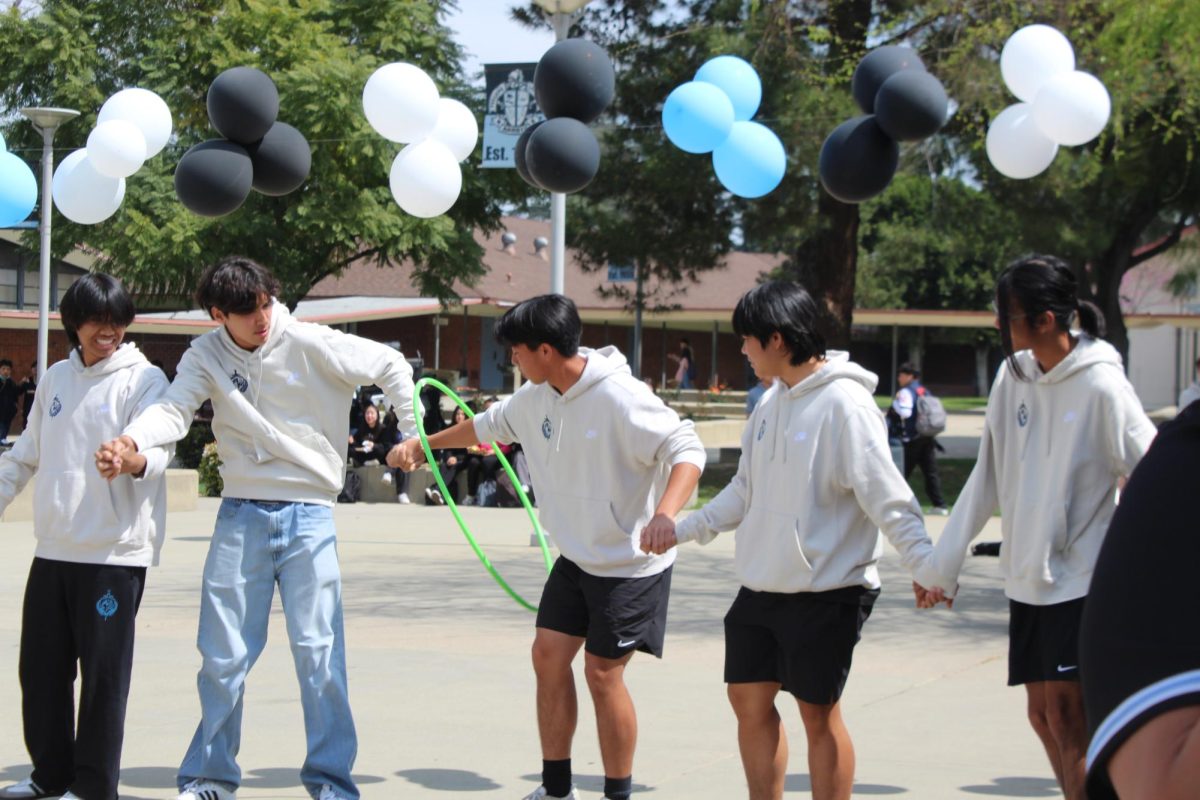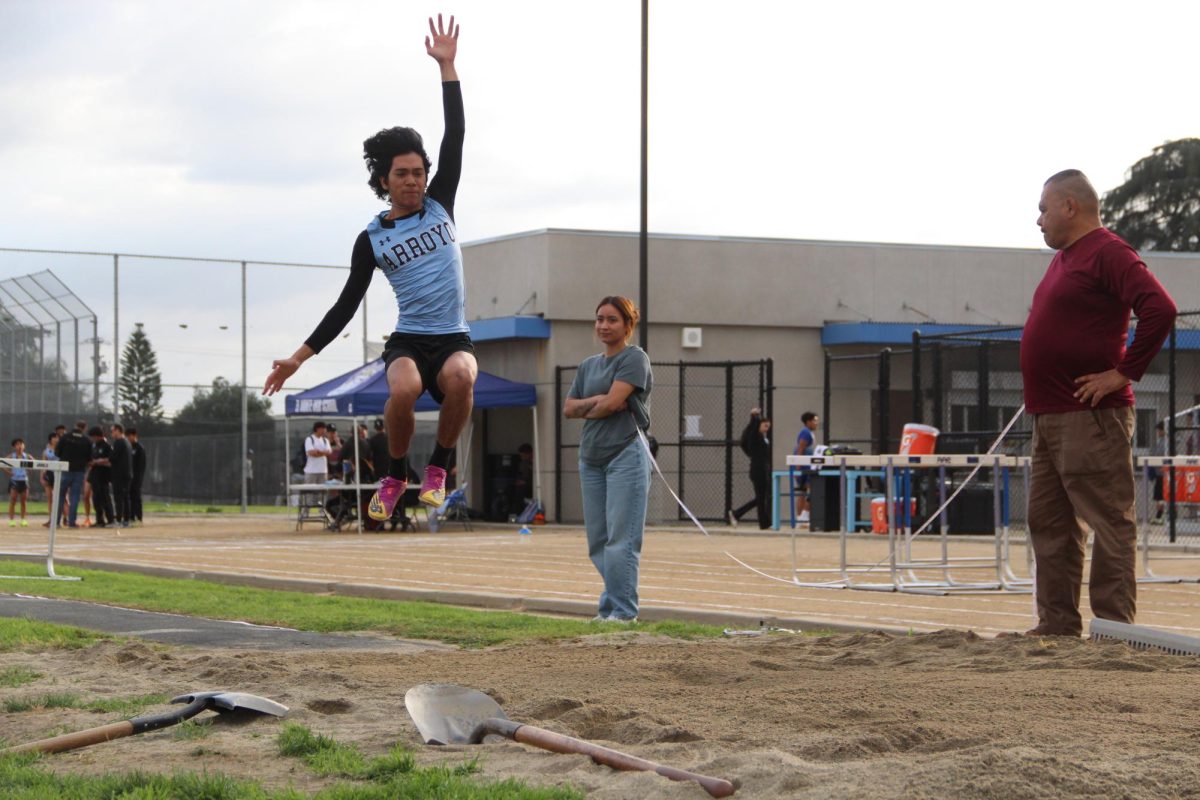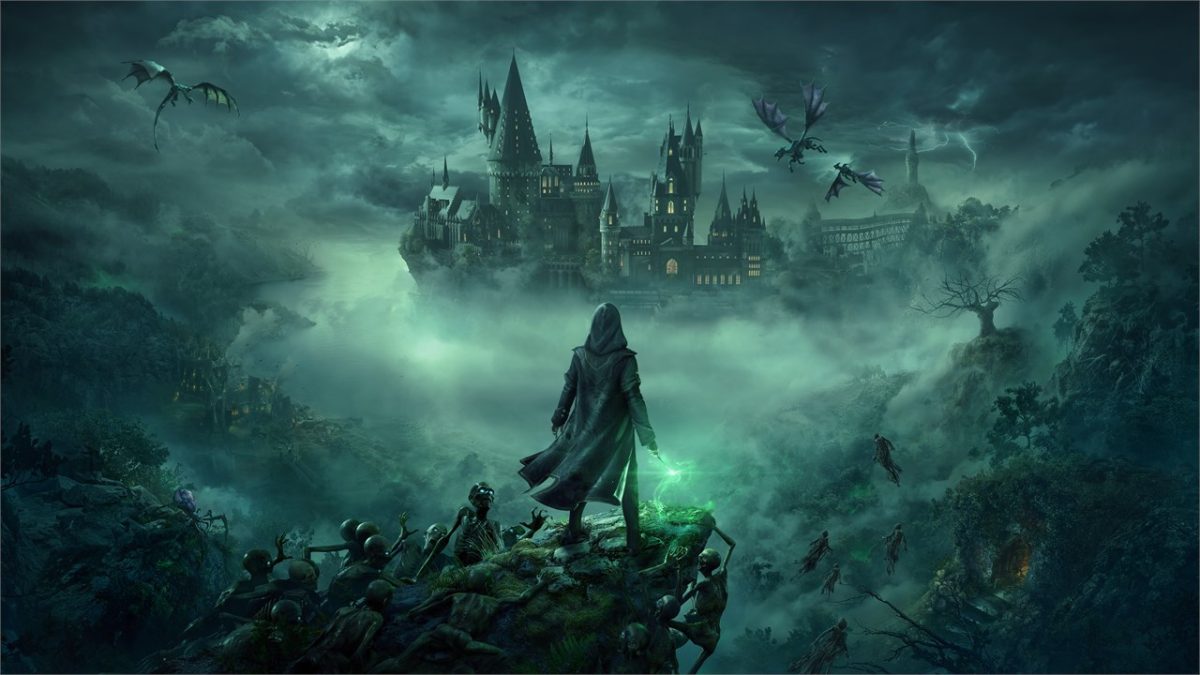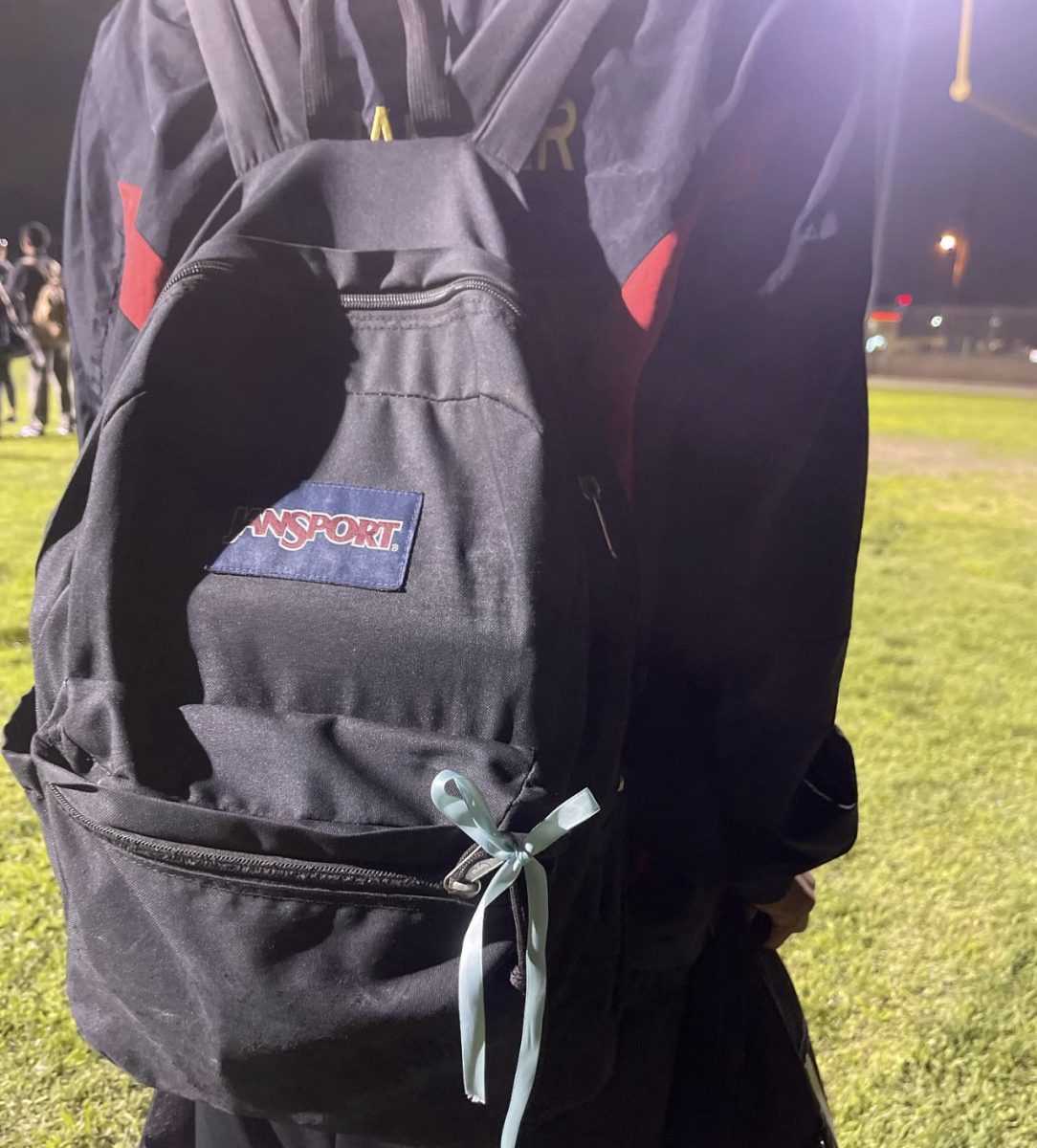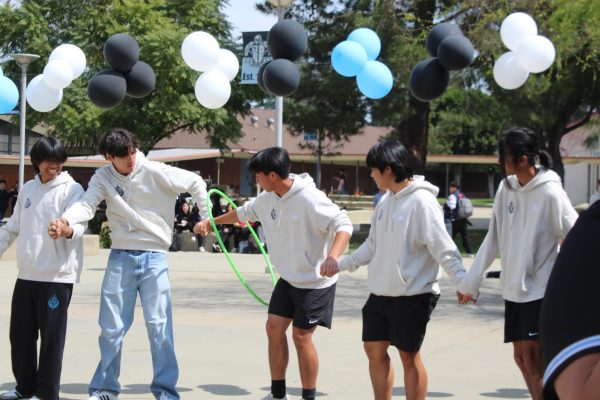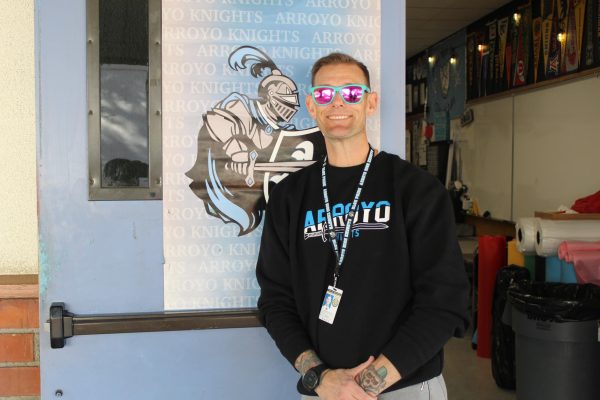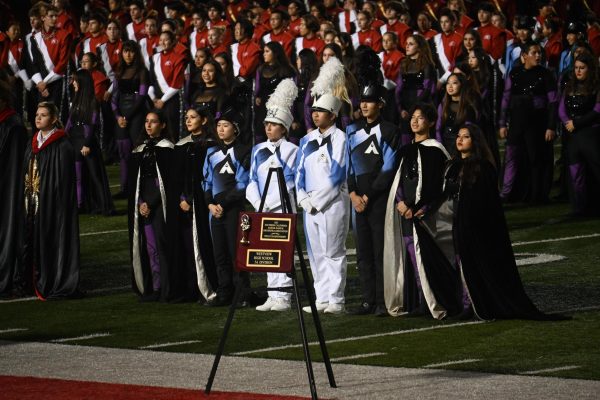The California Wildfires
October 9, 2020
If you’ve been watching the news lately, or have been on social media, you’ve come to know about the wildfires that are happening in California and around the western United States. According to Cal Fire, or the California Department of Forestry and Fire Protection, “Since the beginning of the year, there have been 8,300 wildfires that have burned well over 4 million acres in California. To date, the total number of fatalities statewide is 31 and over 8,819 structures have been destroyed.” (As of October 6, 2020)
Coach Shahpore Khalifeh, P.E. teacher/football coach at Arroyo High School, describes the fires at night as “a movie scene.” In Coach K’s city of Monrovia, the air quality was listed Unhealthy Air Quality/Smoky, which he has never seen before.
A couple of days, Coach K said, “the fire woke me up in the mornings because it was hard to breathe. A daily activity that smoke affected the most was running outside… even in-home workouts were tough to do. My hat is off to all those firefighters… not a lot of people can do what they do.”
The official largest wildfire in California’s history is the August Complex fire, which was caused by lightning. Burning north of Sacramento, in and around Tehama County, it has taken over 1,006,140 acres of land, and it is only 58% contained, Cal Fire has said as of October 6, 2020.
As stated by the US Climate and Health Alliance, some effects of the fires are “wheezing, coughing, sore eyes and throats, and shortness of breath…” Ms. Julie Beltran, English teacher, said that “The air was thick, my chest hurt, my eyes were burning.”
Ms. Alma Raygoza, Secretary to the Superintendent, says that “All of our schools were affected, but the schools most affected were… Arroyo HS, Rosemead HS, and Ledesma HS.” The El Monte Union High School District monitored the AQI. (Air Quality Index) When the AQI detected the area (El Monte/South El Monte/Rosemead) as under the Very Unhealthy category, the district had to take action and notify the schools to send home any teachers/faculty staff due to the quality of the air.
Along with the other faculty and staff members working on campus, Ms. Beltran was sent home twice from school because of the effect of air quality/smokiness in the air. “It would have been much worse if the school was in session on campus… Lunchtime and nutrition would have been extremely unhealthy. No sports would have been able to practice or play on those days.” Ms. Beltran says it reminded her of the bad air quality they used to have in the ’70s and ’80s here in L.A.
The Mount Wilson Observatory, which is being attacked by the Bobcat Fire in Southern California, is “the historic astronomic viewpoint where Edwin Hubble explored the universe,” CNN says. The pressure from the historical observatory results in firefighters doing the best they can to protect the Mount Wilson Observatory. CNN wrote about how “The Bobcat Fire is within 500 ft of the Mt. Wilson Observatory & crews are in place ready to receive the fire… Strategic firing is taking place in the south where air operations are strengthening dozer lines.” Creating dozer line is a technique firefighters use to stop the fire from spreading too close to a location by removing plants and other flammable objects.
The wildfires could result in deadly side effects, especially kids and elders with cardiovascular problems are more at risk than those who don’t already have health problems. According to ready.gov, wildfires can happen from both humans and lightning, and effects can also “cause flooding or disrupt transportation, gas, power, and communication.”
Websites
-fire.ca.gov
-latimes.com
-cnn.com
-usclimateandhealthalliance.org
- https://usclimateandhealthalliance.org/wildfires-public-health-view-front-linehttps://www.ready.gov/wildfires
-ready.gov/wildfires
